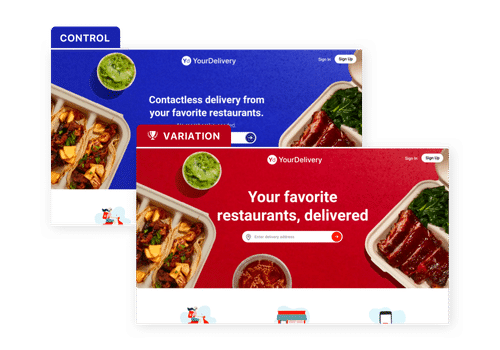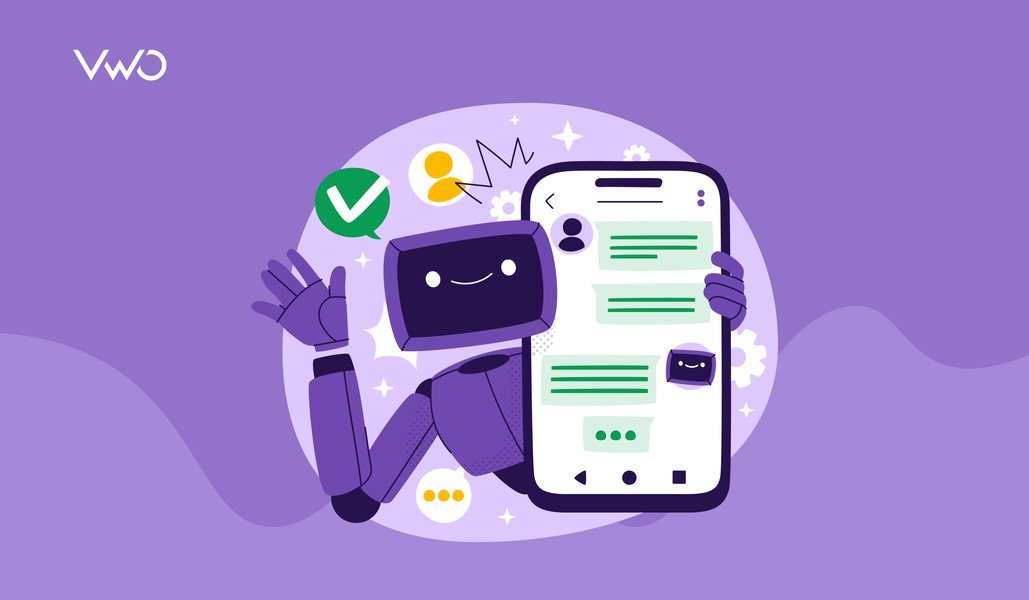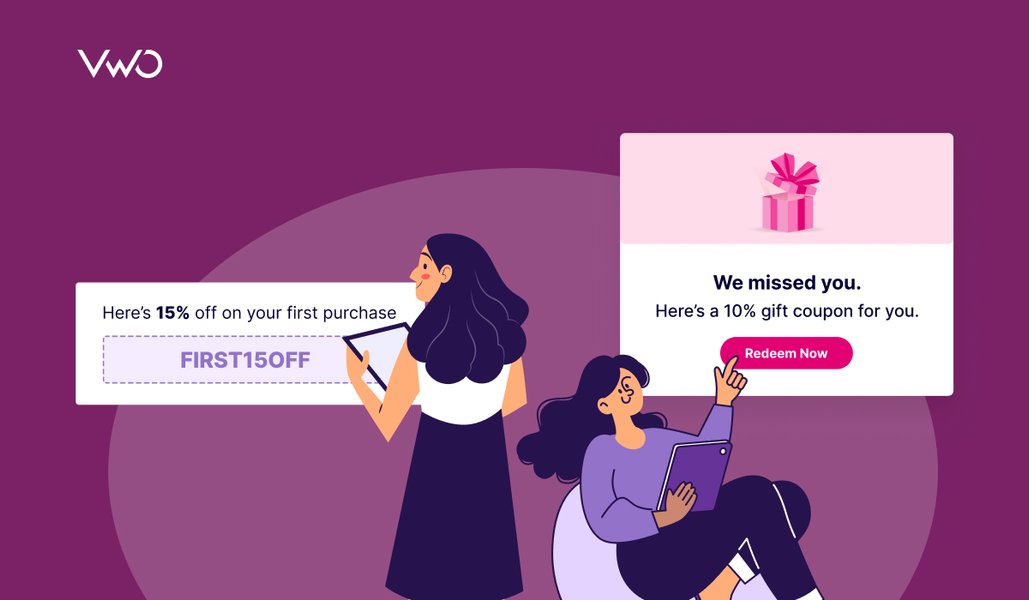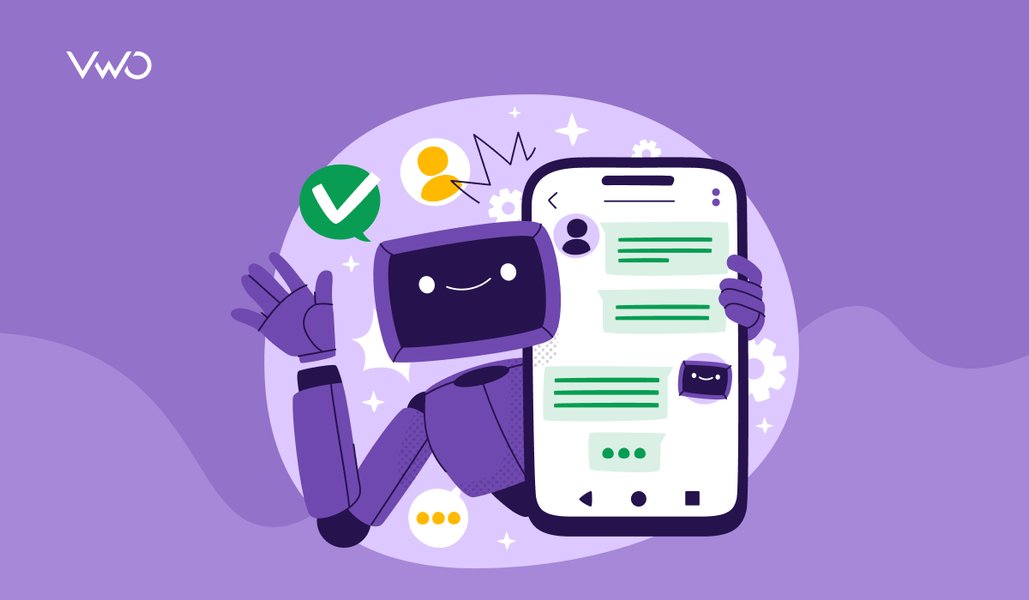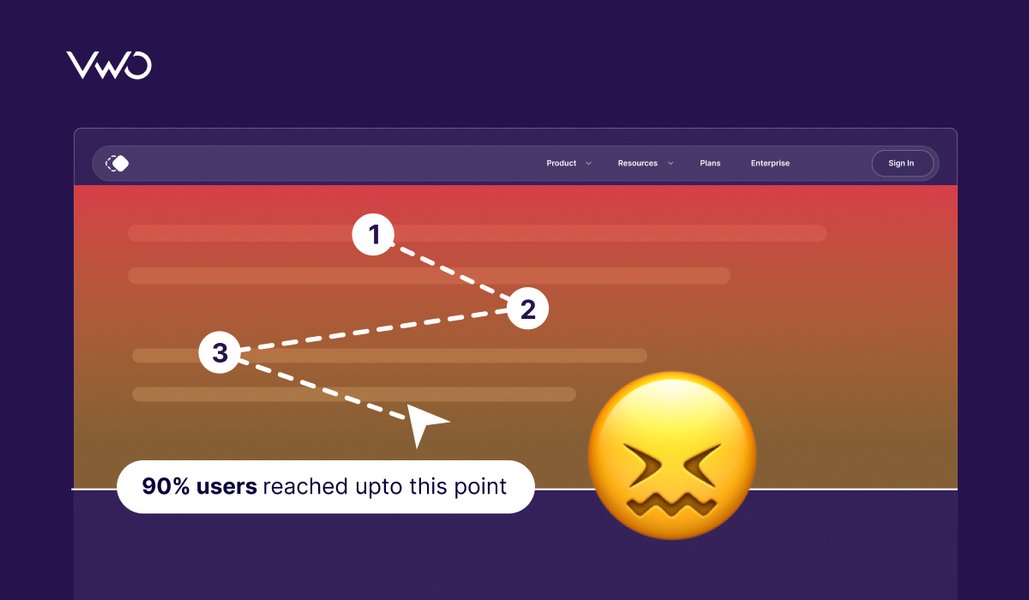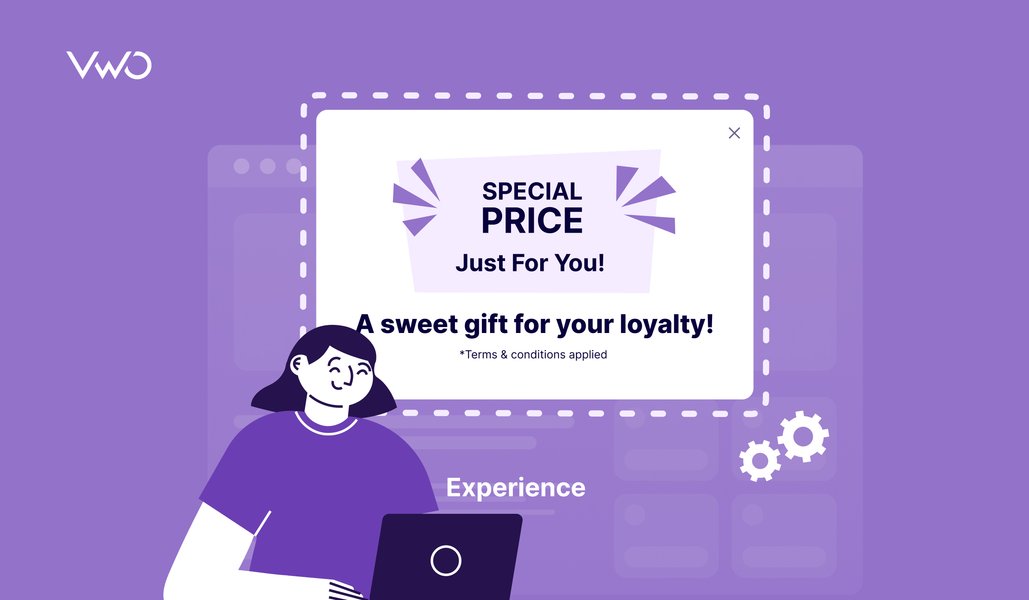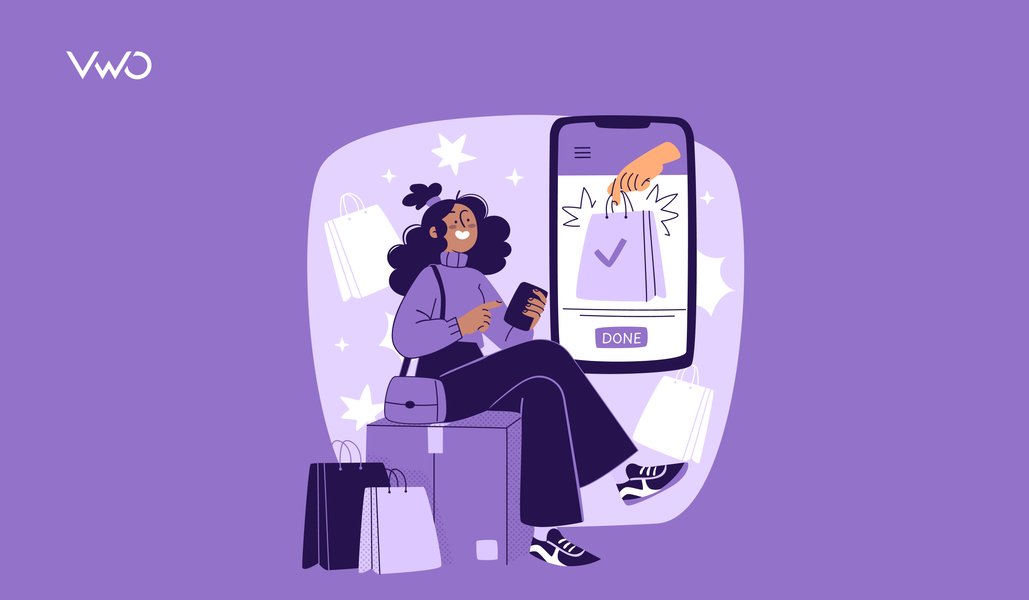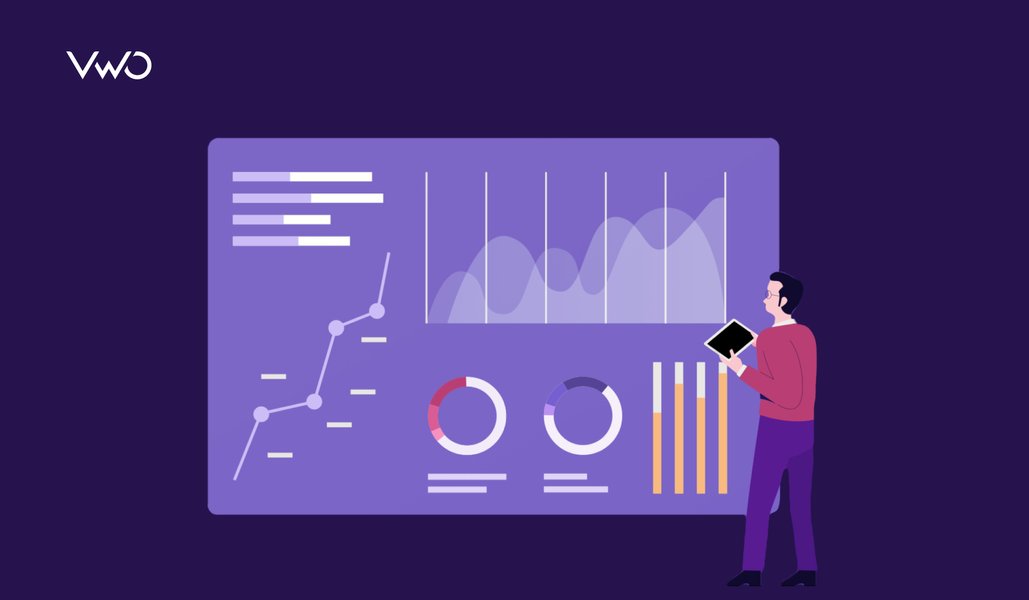How to Create Personalized Landing Pages: Key Elements, Examples & VWO Tips
Ever clicked an ad that made big promises, only to land on a page that didn’t seem to know you at all?” That disconnect is where most campaigns lose momentum. A personalized landing page fixes that. It bridges the gap between click and conversion by aligning the message with who the visitor is, where they came from, and what they’re looking for.
In this blog, we’ll show you how to create personalized landing pages that feel one step ahead of the user, covering key elements to customize, real brand examples, and how to bring it all to life using VWO.
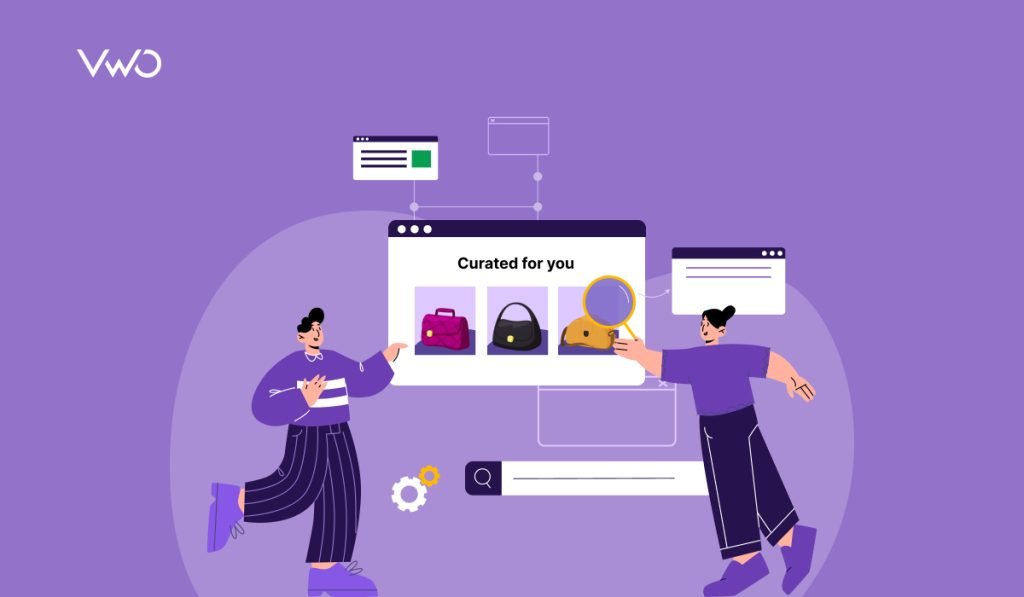
What are personalized landing pages?
Personalized landing pages are customized web pages that adapt their content, design, or messaging based on who’s visiting them. Unlike static pages that serve the same content to everyone, these pages dynamically change depending on a visitor’s demographics, behavior, traffic source, or stage in the customer journey.
This approach, known as landing page personalization, enables businesses to deliver more relevant, engaging, and conversion-friendly experiences.
For example, a visitor coming from a Google Ads campaign might see a different offer or headline than someone arriving via an email newsletter or a returning user.
Landing page personalization is the process of tailoring on-page elements such as headlines, CTAs, images, and testimonials to resonate with specific user segments. This could be based on:
- Geographic location (e.g., showing different currencies or regional case studies)
- User behavior (e.g., return visits, previous purchases)
- Referral source (e.g., ad campaigns, social posts, or email)
- Firmographics (e.g., company size or industry for B2B visitors)
- Device type (e.g., mobile vs. desktop layout optimization)
Why are more businesses personalizing their landing pages?
In an age where users are bombarded with content and choices, relevance has become the new currency of engagement. Generic landing pages no longer capture attention or drive meaningful action. Personalizing landing pages has become a strategic priority for businesses aiming to convert cold traffic and maximize their marketing effectiveness.
Here’s why more brands are turning to landing page personalization:
Higher conversion rates
Personalization aligns content and offers with users’ unique interests, making them more likely to act. Tailored landing pages can significantly outperform generic ones in converting visitors into leads or customers.
Improved user experience
Visitors feel recognized and valued when they are welcomed with content that feels familiar, useful, and specific, leading to lower bounce rates, higher engagement, and stronger trust that encourages repeat visits or purchases.
More effective campaign performance
Marketing campaigns perform better when the post-click experience aligns with the pre-click message. For example, if a Google ad promotes “AI-powered analytics for SaaS startups,” the landing page should greet visitors with messaging that speaks directly to SaaS founders, highlighting AI features, startup-specific use cases, and testimonials from similar companies.
Discover the process for personalizing landing pages to match PPC ads in this quick guide.
Greater ROI on paid spend
With ad costs climbing and budgets under pressure, every click counts. Personalized landing pages ensure that the traffic you’ve already paid for is met with highly relevant content, boosting conversion rates and generating more leads while significantly improving return on ad spend.
Stronger customer relationships
When brands reflect a clear understanding of visitor needs, intent, and preferences, they create a sense of connection and credibility. This personalized approach builds trust, deepens engagement, and lays the foundation for lasting customer loyalty.
Competitive advantage
As personalized experiences become the norm, generic landing pages are quickly losing their impact. Businesses that invest in personalization not only stand out in a crowded market but also create more meaningful connections that enhance their brand reputation.
How to create a personalized landing page?
Creating a personalized landing page goes beyond swapping out names or headlines; it’s about delivering the right message to the right person, at the right time. Here’s a step-by-step approach to building effective personalized landing pages that convert:
1. Understand your audience
- Research buyer personas: Gather insights into your target segments, focusing on their demographics, pain points, motivations, and online behaviors.
- Use sources like customer data, analytics tools, or feedback to define key audience segments.
Example: An online learning platform reviews course completion rates, learner feedback, and traffic sources to identify that college students value exam prep content, while working professionals prioritize certification-based upskilling, shaping how they define their key personas.
2. Set clear goals
- Determine the specific objective for your landing page, such as sales, lead generation, sign-ups, or product promotion.
- Setting precise goals helps shape content, design, and measurement of success.
Example: An event management platform promoting a virtual summit sets lead generation as its primary goal, embedding a gated registration form, a countdown timer, and a speaker lineup to encourage sign-ups. In contrast, an e-commerce brand might focus on direct sales with flash deals and product highlights, while a SaaS company could prioritize free trial conversions with benefit-focused CTAs and customer proof.
3. Segment your audience
- Divide your visitors into actionable groups based on attributes like location, referral source, browsing history, or time of day.
- Smart segmentation allows you to serve content that aligns with their context and mindset.
Example: A travel brand segments users by detected location and weather conditions. Visitors from New York in January see “Escape the snow with these sunny beach getaways,” while visitors from Miami see “Cool off with serene mountain retreats.”
4. Decide what to personalize
- Header and headlines: Personalize main messages to reflect the visitor’s context or past interactions.
- Images & videos: Display visuals that align with the interests or demographics of each audience segment.
- Product or content recommendations: Surface offers the most relevant content to individual visitors.
- Dynamic content blocks: Show or hide sections based on user profile or behavior.
- Calls to action (CTAs): Customize CTA wording or placement for different segments.
Example: A B2B cybersecurity Saas company creates industry-specific landing page experiences; healthcare visitors see “Protect Patient Data with End-to-End Encryption.” In contrast, finance professionals see “Achieve Regulatory Compliance with Secure Data Workflows,” each supported by relevant customer stories and proof points.
5. Choose the right tools
- Use landing page builders with personalization features. Options include platforms like VWO, Unbounce, SeedProd, or specialized WordPress plugins.
- These tools allow for dynamic text replacement, modular templates, and real-time audience targeting.
6. Design and launch personalization
Every personalization tool offers a different interface. VWO, for example, lets you build and preview personalized experiences using its Visual Editor. You may:
- Select a landing page template suited to your brand and objective, then edit it for visual alignment and message consistency.
- Insert personalized elements using dynamic tags or content blocks.
- Maintain a clean, visually appealing layout that guides users to your primary CTA.
Example: A fintech company created separate landing page experiences for key audience cohorts, like founders, finance heads, and developers, customizing CTAs and use case blocks to align with each role’s priorities. This helped deliver targeted messaging without relying on real-time content changes.
7. Test and optimize
Personalization creates tailored experiences, but testing is essential to confirm what truly resonates with users and ensures these experiences drive engagement and conversions.
- A/B test variations: Systematically test changes in headlines, images, offers, and CTAs to see what works best with each audience.
- Analyze conversion data, iterate, and refine the personalized experiences.
Example: A wellness brand tested two hero images, one lifestyle-focused, one ingredient-led, and found the lifestyle visual drives higher engagement among mobile users. Based on behavioral insights from website visitors, they optimized future pages to lead with relatable routines.
Best practices for personalized landing pages
| Best practice | Description |
| Clear, relevant headline | Instantly communicates unique value for each segment |
| Fast load times | Essential for user experience and retention |
| Visual consistency with the brand | Reinforces trust and recognition |
| Strong, goal-oriented CTAs | Guides each segment to the desired action |
| Trust signals (reviews, testimonials) | Use relevant social proof for different segments |
| Privacy compliance (GDPR, etc.) | Respect user data and communicate how it is used |
| Continuous testing and improvement | Optimization ensures long-term effectiveness |
Key landing page elements to personalize for optimal impact
Not every element on your landing page needs to change, but personalizing the right ones can dramatically improve engagement and conversions. Below are the most impactful elements to consider when implementing landing page personalization:
Headline and subheadings
Personalize headlines to reflect the visitor’s intent, source, or journey stage, using dynamic language that aligns with their search terms or past interactions. This instantly signals relevance and encourages deeper engagement.
Example: “Marketing Automation for Startups” vs. “Marketing Automation for Enterprise Teams”
Hero image or video
Visuals should match the target segment’s environment, demographics, or goals. Showing the right use case or persona helps users instantly connect.
Example: A freelancer vs. a corporate manager might respond better to different workspace imagery.
Call-to-action (CTA)
Tailor CTA text, color, and placement to match the visitor’s behavior, demographics, or journey stage. Use action-driven language that aligns with their intent, whether it’s exploring, comparing, or being ready to convert.
Example: “Start My Free Trial” for new visitors vs. “Schedule My Consultation” for return users.
Value proposition and benefits
Highlight segment-specific outcomes or pain point resolutions. This makes your solution feel directly relevant to the visitor.
Example: Tech buyers might care about features, while small business owners focus on ease of use.
Social proof (testimonials, reviews, logos)
Showcase reviews, case studies, or client logos that align with the visitor’s industry, region, or role. Relevant social proof builds credibility and increases trust with targeted segments.
Example: Showing fintech client logos to a banking audience increases credibility.
Form fields
Reduce friction by shortening forms for returning users and pre-filling known details like name, company, or location. You can tailor form fields based on past interactions or user context to create a smoother experience.
Example: A returning shopper sees the checkout form with their name, email, and shipping address already filled in. Since they previously selected a delivery method, that step is skipped. This streamlines the process, reduces drop-offs, and increases completed purchases.
Content blocks and recommendations
Reordering or dynamically displaying content, such as offers, product suggestions, or case studies, based on a visitor’s behavior, location, or referral source helps prioritize what matters most to them. This not only keeps users engaged longer but also drives measurable impact: personalized product recommendations have been shown to boost website conversion rates by up to 49%. When relevance leads the way, results follow.
Examples of personalized landing pages
Netflix: Region and intent-based personalization
Netflix personalizes its landing page based on location, language, and user intent, showing local pricing, regional content, and messaging like “Watch anywhere. Cancel anytime.” First-time visitors see simplified CTAs, while returning users may be prompted to resume their membership.

Semrush: Use case and audience-based personalization
Semrush tailors its landing pages based on user segments like SEO professionals, content marketers, or agencies. The interactive layout surfaces relevant features instantly, while trust logos from brands like Amazon, Quora, and Booking.com add strong social proof to drive conversions.
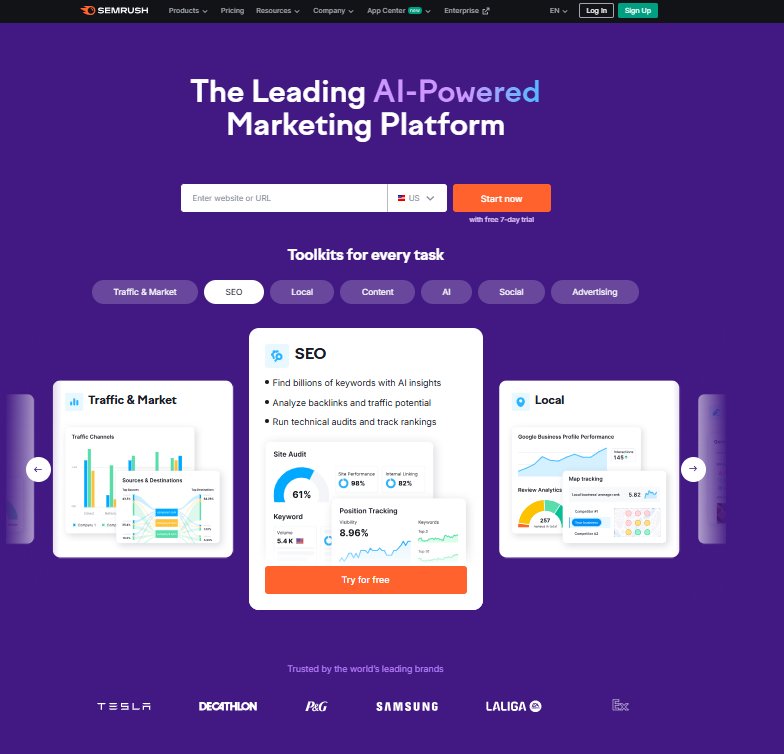
Spotify
The Spotify landing page focuses on simplicity and conversion. New users are greeted with a bold, clutter-free layout, a high-contrast CTA like “Get Spotify Free”, and a benefit-driven subheading. Returning users see personalized playlists and recent activity, making the experience feel familiar and relevant.

A/B testing for personalized landing pages
Even the best personalization strategy won’t work without validation. While personalized landing pages can boost engagement and conversions, not every idea will work equally well for every audience. That’s why A/B testing is critical; it helps determine which personalized elements truly drive performance.
While personalization makes experiences more relevant, structured experimentation is what validates and refines them. When both are combined, you create targeted experiences that are not only tailored but also tested and proven to work.
With A/B testing, marketers can compare two or more variations of a personalized element, like a headline, CTA, or layout, to see which version performs best. This removes guesswork from personalization and ensures that every change contributes to actual results, not just perceived relevance.
For instance, in a campaign targeting e-commerce managers, you might test two headline variations:
- Version A: “Streamline Your Store’s Operations with Automation”
- Version B: “Automate Inventory & Orders, Built for E-Commerce Teams”
Running an A/B test on these variations helps determine which message resonates more with this audience segment, turning personalization into a performance driver.
To get meaningful results from your A/B tests, keep the following principles in mind:
- Start small: Test one element at a time to isolate impact.
- Define clear success metrics: e.g., click-through rate, form completion, sign-ups.
- Ensure statistical significance: Don’t conclude from small or skewed samples.
- Iterate continuously: Use insights from one test to inform the next.
A/B testing doesn’t just complement personalization, it powers it. By testing every element that’s been tailored, you ensure your personalized landing pages not only look right for each user but perform at their best too.
How VWO helps in creating personalized landing pages
VWO equips marketers with everything they need to transform generic landing pages into personalized, high-converting experiences, driven by behavior, unified data, and continuous experimentation. It allows teams to create and test targeted journeys without heavy development effort, ensuring every user interaction is purposeful and relevant.
Content personalization
Through VWO Personalize, marketers can show or hide specific content elements, such as CTAs, banners, or product blocks, based on the visitor’s segment or in-session actions. Real-time content delivery ensures that every part of the landing page aligns with what the visitor is looking for at that moment.
No-code editor for building experiences
Using VWO’s Visual Editor, non-technical teams to build and edit personalized elements directly on the page. Its intuitive interface lets you easily modify layouts, insert dynamic text, or update modules, freeing marketers to iterate quickly and independently.
See how to launch tailored campaigns using VWO’s Visual Editor.
Customer Data Platform (CDP) integration
To power meaningful personalization, VWO’s Data360 collects behavioral and contextual data from websites, mobile apps, and external sources to create rich, unified customer profiles. This enables marketers to define powerful audience segments using attributes like device type, location, browsing patterns, and campaign-level data (e.g., UTM tags), and use them for hyper-targeted personalization.
Leverage VWO Copilot’s AI-identified user segments to pinpoint who’s engaging with your campaigns. Save and reuse these segments to accelerate future testing and personalization initiatives.
A/B and Multivariate testing
Personalization is most effective when continuously validated. With VWO, marketers can run A/B and multivariate tests on different variations of personalized experiences. You can trigger tests based on real user behavior, such as button clicks, scroll depth, or return visits. For example, tests can be triggered only when a user clicks a button, reaches a scroll threshold, or returns to a page. This helps uncover which version of your personalized content resonates most and delivers the best results.
Insights through heatmaps and session recordings
To personalize effectively, you need to understand how users interact with your content. VWO Insights provides visual behavior data through heatmaps, scroll maps, and session recordings, helping identify what users notice, click, or ignore.
Identify friction areas and turn them into optimization opportunities with VWO Copilot, which auto-analyzes heatmaps and session recordings, saving you from time-consuming data analysis.
Ready to personalize with precision? Start your free trial with VWO today and discover all the features available to help you build, test, and optimize personalized experiences.
FAQs
A personalized landing page dynamically adapts its content, such as headlines, images, CTAs, or product recommendations, based on the visitor’s behavior, location, source, or past interactions to boost relevance and conversions.
Start by defining your goal and target audience. Use a landing page builder with personalization features (like dynamic text, segmentation, or geo-targeting), craft tailored content for different user segments, and continuously A/B test to optimize performance.
Three types of landing pages are:
a. Lead generation pages – Focused on collecting user data through forms.
b. Click-through pages – Guide users to another page (e.g., pricing or product page).
c. Sales pages – Designed to directly drive purchases or conversions.

